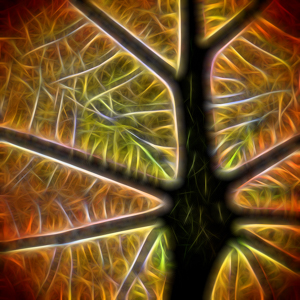Q: There is potential confusion between ‘knowing about it’ and actually ‘being it’; between ‘self-realization’ and ‘self-actualization’. ‘Knowing about it’ is in the mind, whereas ‘being it’ has nothing to do with the mind. Along these lines is why Nisargadatta always said that who-we-really are is prior to the body-mind and Consciousness and to leave them alone.
What are your thoughts about all this?
A: Basically, we are already Brahman. The problem is that we do not know it. Remove the ignorance and we realize the truth. You cannot ‘experience’ or ‘perceive’ Brahman. You can only realize that we are it. Hence, the term ‘anubhava’ is misunderstood and modern teachers have been propagating a misunderstanding of the teaching. The term ‘self-actualization’ is definitely a modern one, I think, and can mean nothing. How can you ‘make actual’ what is already the case? Continue reading



